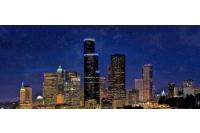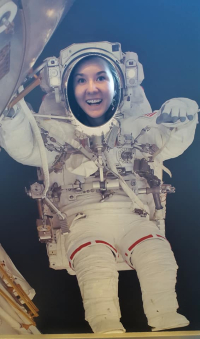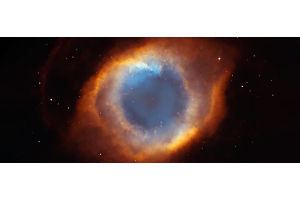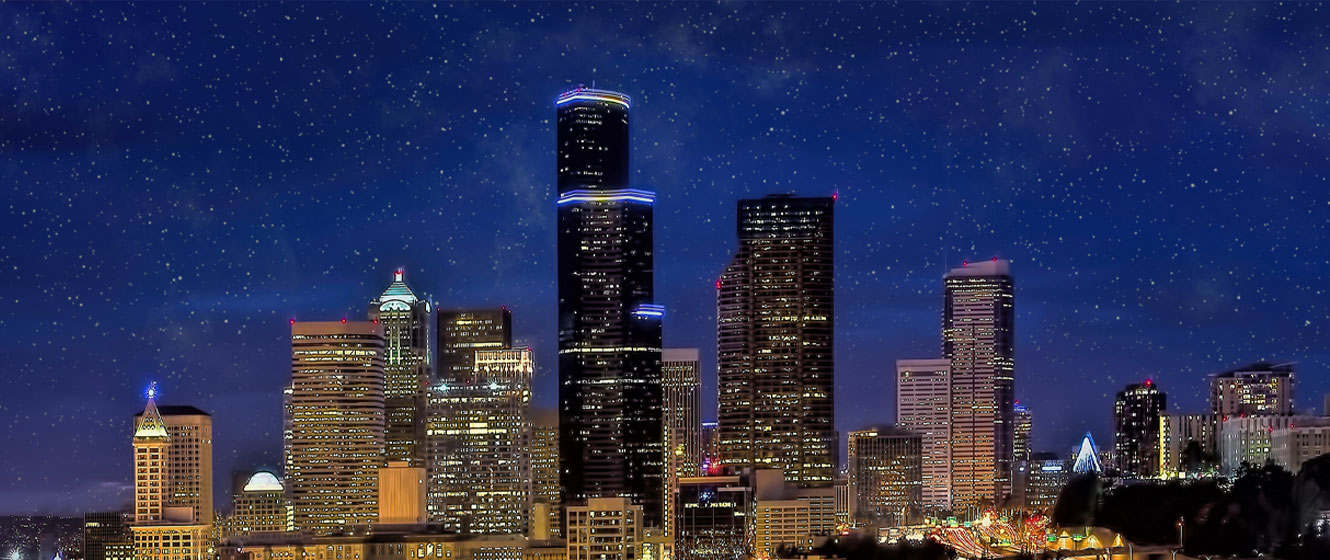
The late 1800s saw the first commercially produced electric lights, and mankind has since embraced the technology with open arms. As much as artificial lighting has helped us progress forward by effectively giving us more usable hours in the day, it has also taken away something precious: the night sky.
If you’re a city dweller, you might think that the only way for you to see the stars is to get out into the country. While this will offer you a better view, you don’t have to leave your neighborhood to appreciate the beauty of the night sky. Urban astronomy requires a few adjustments, but the results are worth it. Here’s how to see the stars, even if you live in the city.
What Makes Urban Astronomy Difficult?
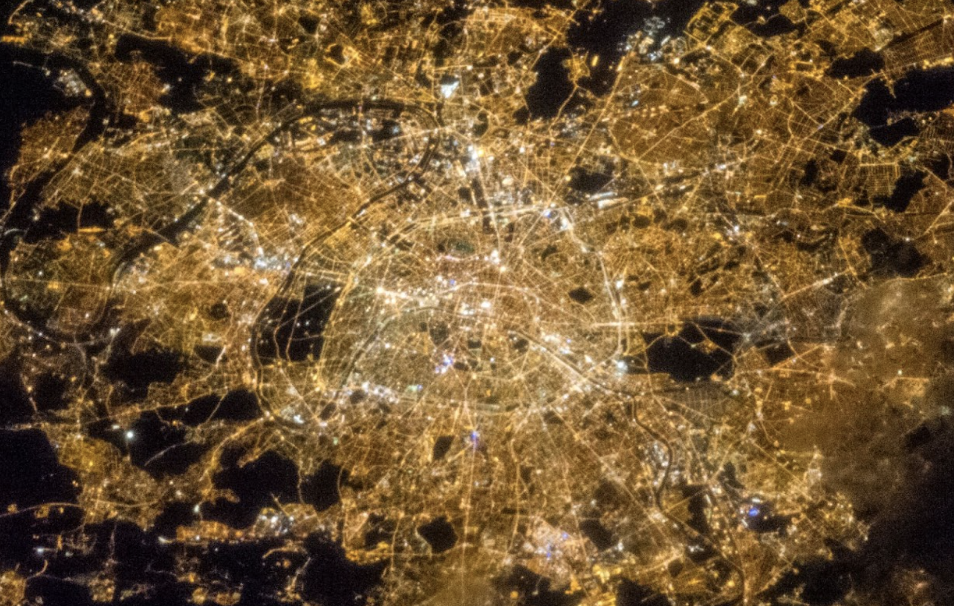
Why is urban astronomy any different than astronomy elsewhere? The answer comes down to one simple factor: light pollution.
Light pollution is a consequence of artificial lighting. It brightens the sky at night and washes out natural lights like the moon, planets, and stars. Light pollution is more concentrated in cities, where the lights from street lamps, cars, and buildings illuminate large areas and cast an unmistakable glow into the sky.
In order to effectively see the stars in a city, you need to combat light pollution. The rest of this article will explore ways to do just that.
How Can I Combat Light Pollution?
Turn Off All Indoor and Outdoor Lights
The obvious solution to reduce light pollution is to turn off the lights. But unfortunately, you don’t have control over the power grid for the whole city (we’re assuming). What you do have control over is your immediate area, namely your house. When you want to stargaze, turn off all the lights inside and outside your house. Even if you have an itty bitty window with the faintest glow of light leaking out, turn it off. The darker your surroundings, the more you’ll be able to see, as you’ll give your eyes the chance to adjust to the darkness.
If you have good relationships with your neighbors, you might even ask them to turn their lights off at night. You could even host a stargazing party for the neighborhood and see how dark you can make your little corner of the world!
Get Up High
Height is another solution. The goal is to effectively be above the light pollution glow, not to mention the higher you are, the less atmospheric distortion you’ll have to contend with. Safety always comes first, but if you can safely and carefully make your way onto the roof of your home, you’ll not only have a wider view of the sky with fewer houses blocking you, but you’ll also be away from the ground-level light pollution. If you can’t make it onto the roof, maybe there’s a hill or higher area of your property or neighborhood. If you have a treehouse, that could be another unique and fun option for gaining height.
Look Away from the City Center
What’s the major source of light pollution in your area? Most likely it’s the city center, where there are more lights and buildings in a concentrated area. When stargazing, turn your back to the area where light pollution is heaviest and you’ll automatically have a better view. Cities are generally laid out in a way where buildings get farther from each other as you work your way out from the center, so if you’re looking away from the city you’re probably looking towards a more sparsely populated area with less light. Less light means a better view of the sky.
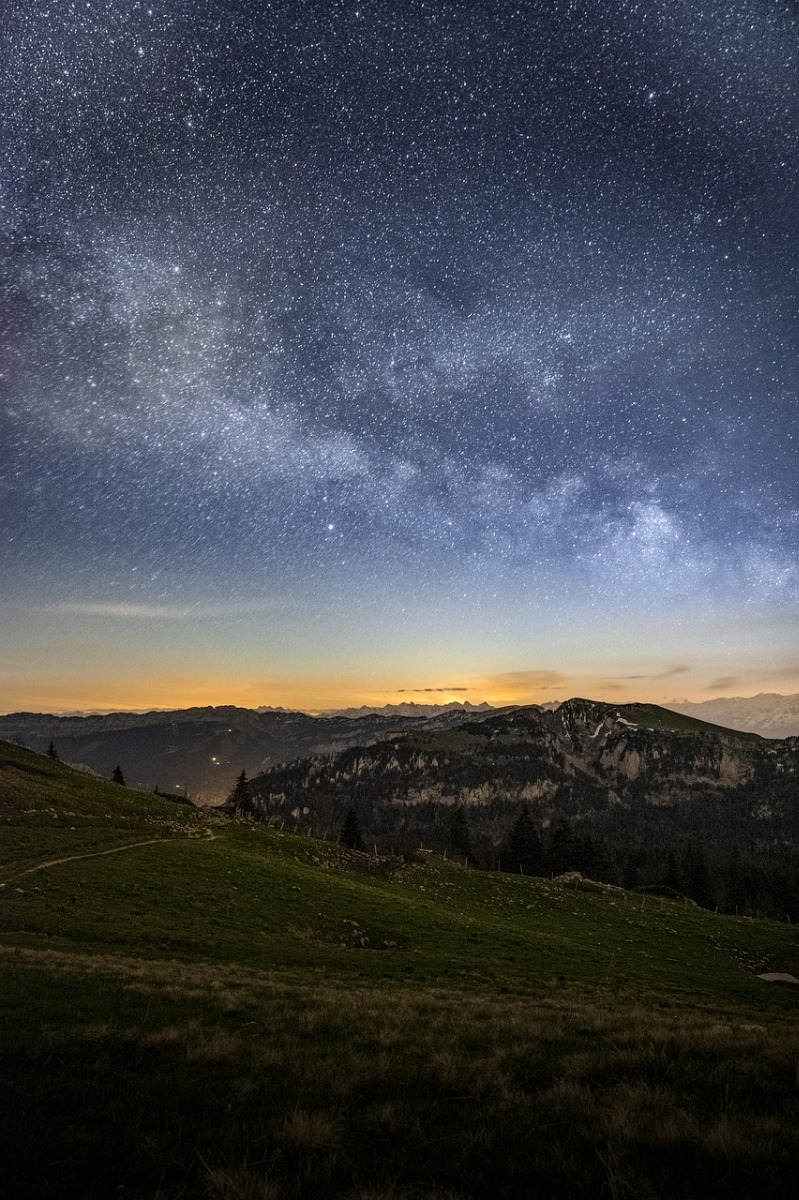
Look Away from the City Center
What’s the major source of light pollution in your area? Most likely it’s the city center, where there are more lights and buildings in a concentrated area. When stargazing, turn your back to the area where light pollution is heaviest and you’ll automatically have a better view. Cities are generally laid out in a way where buildings get farther from each other as you work your way out from the center, so if you’re looking away from the city you’re probably looking towards a more sparsely populated area with less light. Less light means a better view of the sky.
Use an App to Guide You
Alright, so let’s say you’ve turned off all the lights, you’re on the roof, and you’re facing away from the city center. Now what? Well, you should be able to see some stars! Granted there won’t be as many visible as there would be if you were in an area with a much darker sky, but there are certainly more than there were before you took the steps above.
It’s wonderful to finally be able to see stars, but do you know what’s even better? Knowing what it is you’re looking at. Each point of light is its own little world out there in the cosmos, and it’s an amazing feeling to know that you, with your human eyes, can see it. The best way to guide yourself around the night sky is using a stargazing app (with night mode or a blue light filter on, of course). Whether you use iOS or Android, there are several apps out there available for free that will give you a good introduction to astronomy that you can expand upon at your leisure.
Modern lighting is a blessing and a curse, and we can’t have the benefits without acknowledging the negatives. But why let a little artificial lighting stop you from appreciating the stars? By doing what you can in your area, you can create an environment conducive to stargazing that you, your family, and your neighborhood can all enjoy.

Learn More
Interested in learning more about astronomy? Not sure where to begin? Check out our Astronomy Hub!
This Article was Last Updated on 08/14/2023





